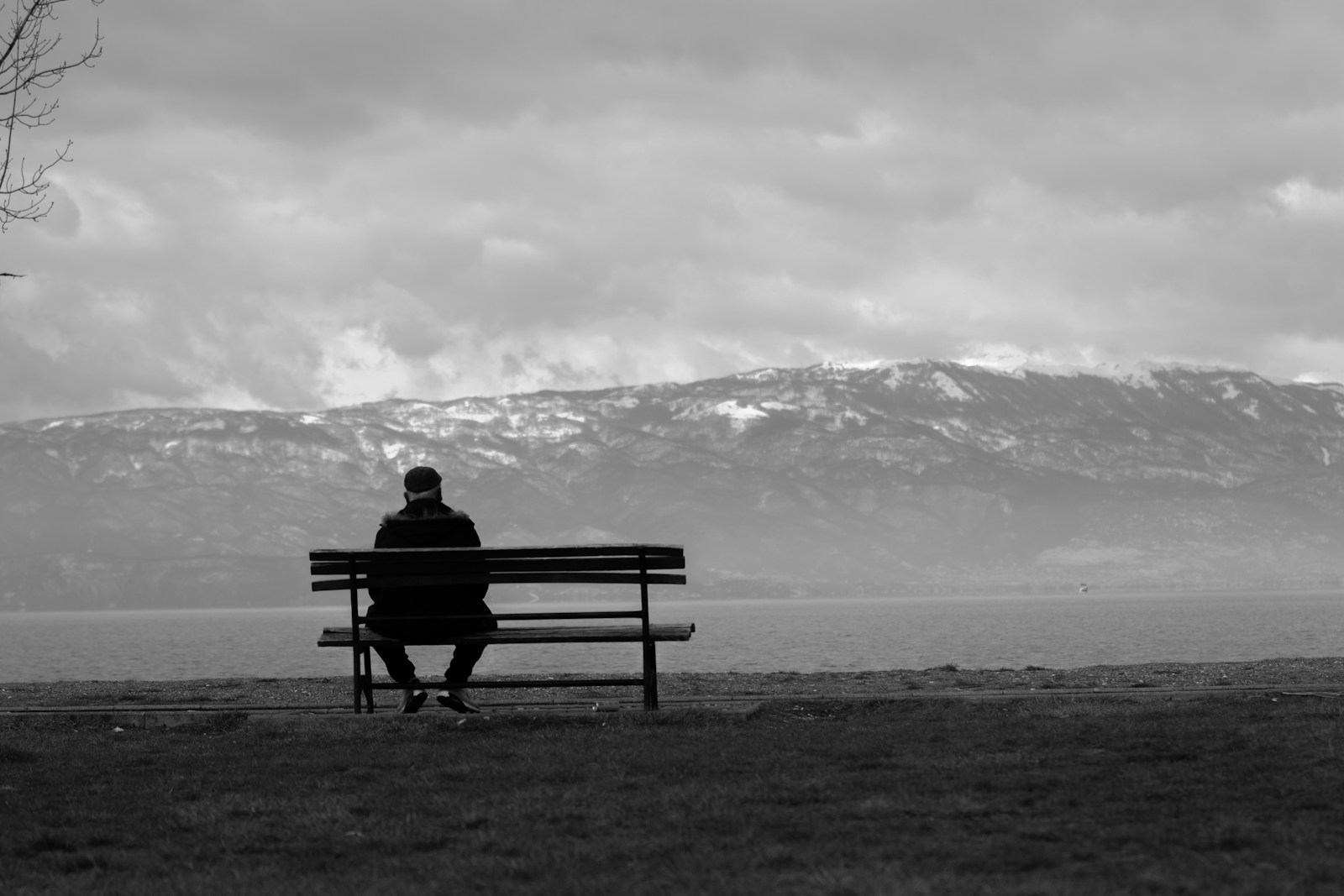Alone Together: Deconstructing the Modern Loneliness Epidemic

It is one of the great paradoxes of modern life. We have more tools for connection at our disposal than any generation in human history. Through social media, messaging apps, and video calls, we can communicate with anyone, anywhere, at any time. And yet, we are suffering from a profound and deepening epidemic of loneliness.
In 2023, the U.S. Surgeon General, Dr. Vivek Murthy, issued a landmark advisory, officially declaring loneliness and social isolation a public health crisis. His report revealed that a lack of social connection is as dangerous to our physical health as smoking up to 15 cigarettes a day, and is associated with a greater risk of heart disease, stroke, dementia, and premature death. This is not just an American problem; similar trends are being reported in developed nations across the globe.
To deconstruct this crisis, we must understand that loneliness is not the same as being alone. Loneliness is a subjective, distressing feeling that arises from a discrepancy between the social connections we desire and the ones we actually have. And the structure of modern life seems almost perfectly designed to create this discrepancy.
The Decline of "Third Places"
Sociologists have long talked about the importance of "third places"—the informal gathering spots outside of our homes (the first place) and our workplaces (the second place) where communities are built. These are the cafes, the libraries, the public parks, the community centers, and the neighborhood pubs.
Over the past few decades, these third places have been in steady decline. The rise of suburban sprawl, car-centric urban design, and the shift toward digital entertainment have meant that we have fewer opportunities for the kind of spontaneous, unstructured social interactions that build a sense of community. We have retreated into the private spheres of our homes and the curated, virtual worlds of our screens.
The Illusion of Digital Connection
The rise of social media has exacerbated this trend. While these platforms can provide a valuable sense of connection for some, particularly for marginalized groups, a growing body of research suggests that for many, they are a poor substitute for real, face-to-face interaction.
Digital connections are often superficial and performative. They lack the depth and nuance of real-world relationships. Furthermore, time spent online is often time not spent engaging in the kinds of in-person activities that are known to build strong social bonds. The illusion of being connected to hundreds of "friends" online can mask a profound lack of deep, meaningful relationships in the real world.
A Culture of Individualism
Underlying these trends is a broader cultural shift towards hyper-individualism. In many Western societies, there has been a decline in participation in collective activities, from religious services and community leagues to union membership and volunteer groups. The emphasis on individual achievement and self-reliance has come at the cost of our collective well-being.
The loneliness epidemic is a warning sign. It is our minds and bodies telling us that we have neglected a fundamental human need: the need for genuine social connection. Solving this crisis will require more than just individual solutions. It will require a collective effort to redesign our communities, to foster a culture of civic engagement, and to build a world with more front porches and fewer lonely screens.
